
Filter News
Area of Research
- Advanced Manufacturing (1)
- Biological Systems (1)
- Biology and Environment (7)
- Clean Energy (29)
- Climate and Environmental Systems (1)
- Computational Biology (1)
- Computational Engineering (1)
- Computer Science (1)
- Energy Frontier Research Centers (1)
- Fuel Cycle Science and Technology (1)
- Fusion and Fission (5)
- Isotopes (3)
- Materials (35)
- Materials for Computing (6)
- National Security (3)
- Neutron Science (18)
- Nuclear Science and Technology (6)
- Nuclear Systems Modeling, Simulation and Validation (1)
- Sensors and Controls (1)
- Supercomputing (17)
News Type
Date
News Topics
- 3-D Printing/Advanced Manufacturing (10)
- Advanced Reactors (1)
- Artificial Intelligence (3)
- Big Data (1)
- Bioenergy (3)
- Biology (5)
- Biomedical (5)
- Biotechnology (1)
- Buildings (4)
- Chemical Sciences (4)
- Climate Change (1)
- Composites (4)
- Computer Science (16)
- Coronavirus (4)
- Critical Materials (2)
- Cybersecurity (4)
- Decarbonization (1)
- Energy Storage (9)
- Environment (4)
- Frontier (3)
- Fusion (5)
- Grid (3)
- High-Performance Computing (5)
- Isotopes (6)
- ITER (1)
- Machine Learning (1)
- Materials (11)
- Materials Science (8)
- Microscopy (5)
- Nanotechnology (7)
- National Security (3)
- Neutron Science (10)
- Nuclear Energy (4)
- Physics (4)
- Polymers (3)
- Quantum Computing (3)
- Quantum Science (7)
- Security (4)
- Summit (7)
- Sustainable Energy (6)
- Transportation (4)
Media Contacts
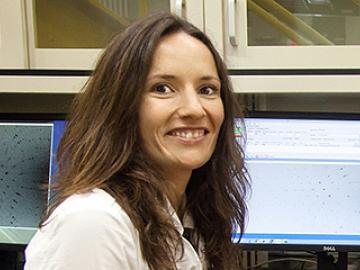

Scientists at the Department of Energy’s Oak Ridge National Laboratory used neutrons, isotopes and simulations to “see” the atomic structure of a saturated solution and found evidence supporting one of two competing hypotheses about how ions come
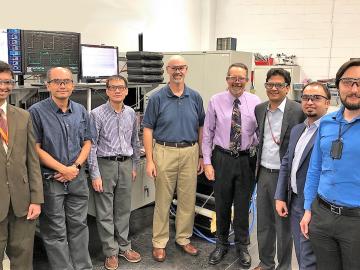
Scientists studying a valuable, but vulnerable, species of poplar have identified the genetic mechanism responsible for the species’ inability to resist a pervasive and deadly disease. Their finding, published in the Proceedings of the National Academy of Sciences, could lead to more successful hybrid poplar varieties for increased biofuels and forestry production and protect native trees against infection.
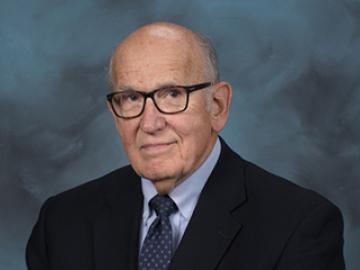
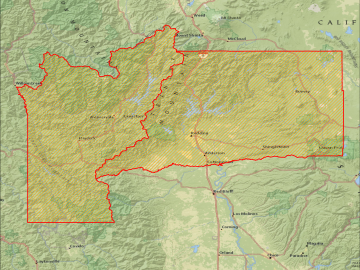
As hurricanes barrel toward the coastlines and wildfires rage in arid regions of the United States, scientists at the Department of Energy’s Oak Ridge National Laboratory are providing critical geospatial data to support first responders as they work to save lives and property.

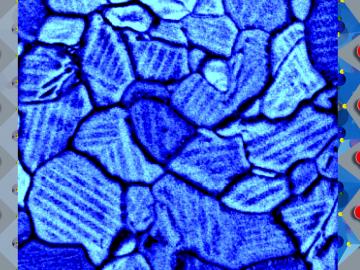
A unique combination of imaging tools and atomic-level simulations has allowed a team led by the Department of Energy’s Oak Ridge National Laboratory to solve a longstanding debate about the properties of a promising material that can harvest energy from light. Th...
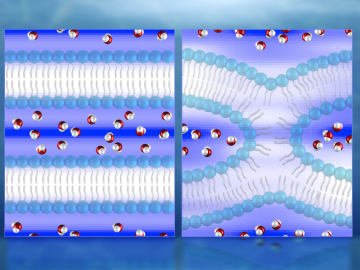
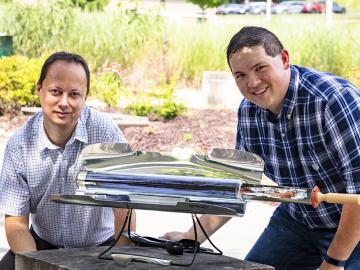
Chemists at the Department of Energy’s Oak Ridge National Laboratory have demonstrated a practical, energy-efficient method of capturing carbon dioxide (CO2) directly from air. They report their findings in Nature Energy. If deployed at large scale and coupled to geo...


